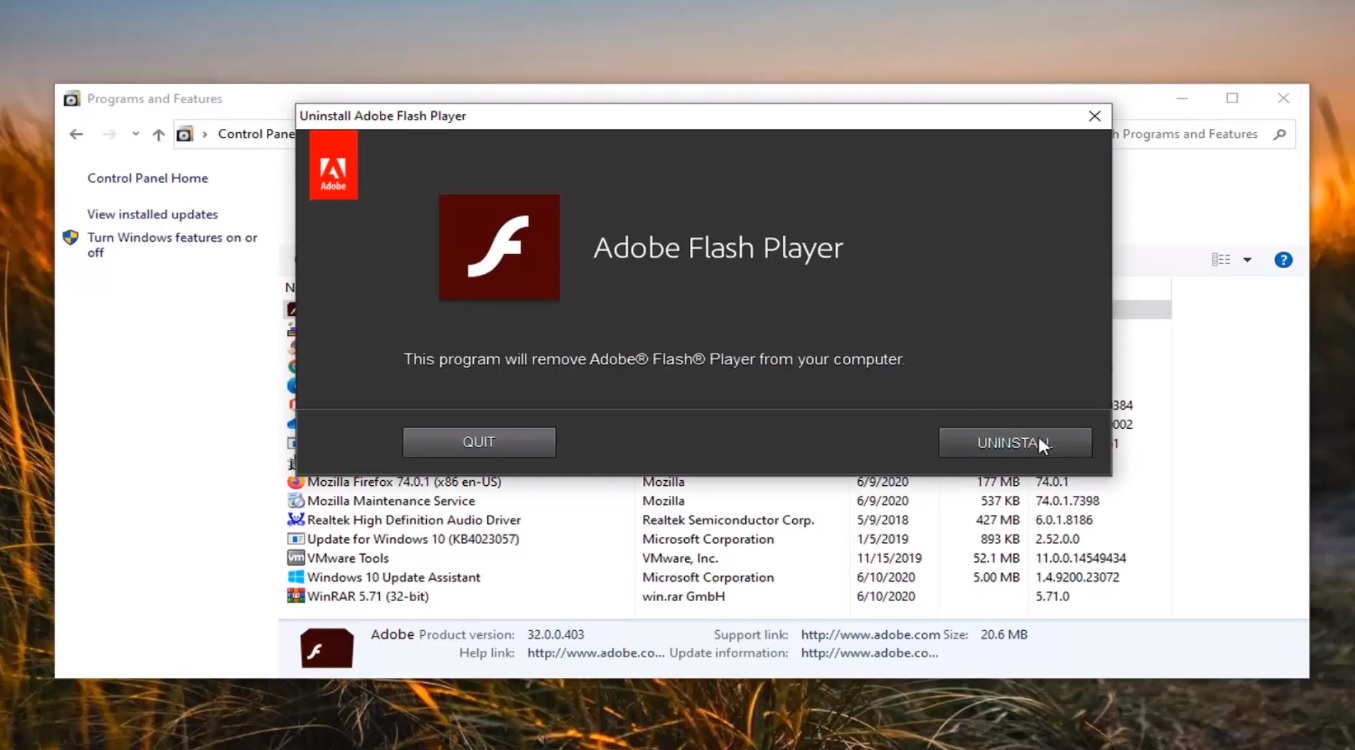

Here are how those browser makers will wrap up Flash - if they haven't already done so - late this year and early next.
#HOW TO UNINSTALL FLASH FOR CHROME UPDATE#
(Last year, Computerworld returned to the topic for a status update on the browsers' progress.) Because the vast bulk of Flash content was created for websites and run in web browsers, those four developers' plans carried enormous weight. The big browser makers - Apple, Google, Microsoft and Mozilla - piggybacked on Adobe's July 2017 announcement with their own roadmaps for the end of Player.
#HOW TO UNINSTALL FLASH FOR CHROME SOFTWARE#
What Adobe didn't mention was the security disaster Flash had become earlier in the century, the endless rounds of patching security vulnerabilities, often the worst "zero-day" kind, which had prompted so many content makers, former software partners and users to stiff-arm the player. Adobe argued that ending Flash was triggered by the evolution and maturation of open standards - like HTML5, WebGL and WebAssembly - that "provide many of the capabilities and functionalities that plugins pioneered" and thus were "a viable alternative for content on the web." In mid-2017, Adobe announced it would retire Flash from support and halt distribution of the application by the end of 2020.

"Adobe will no longer support Flash Player after December 31, 2020, and Adobe will block Flash content from running in Flash Player beginning January 12, 2021."Īdobe's good-bye marked the end of 24 years for Flash Player, the once-ubiquitous utility that fueled the Internet's transformation from text-only to a multimedia bonanza. "Today marks the final scheduled release of Flash Player for all regions outside of Mainland China," Adobe wrote in a release note for the Dec. Adobe this week issued its last Flash Player update and told users that the app would refuse to run content starting Jan.


 0 kommentar(er)
0 kommentar(er)
